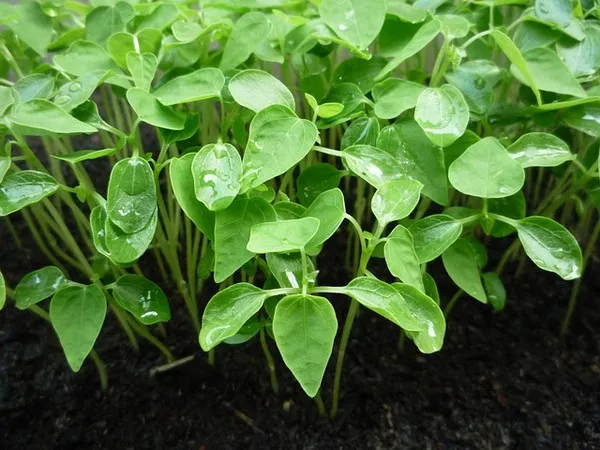Plants engage in a subtle form of communication, emitting airborne compounds that serve as a defense mechanism and a means of signaling danger to neighboring plants. These compounds, akin to scents, deter herbivores and alert nearby plants to potential threats.
Since the 1980s, scientists have been aware of these plant defenses, having identified them in more than 80 plant species. Recently, a team of Japanese researchers employed advanced imaging techniques to observe how plants receive and respond to these aerial warnings, shedding light on a previously unclear aspect of plant communication.
In a study published last year, molecular biologists Yuri Aratani and Takuya Uemura from Saitama University in Japan, along with their colleagues, conducted experiments to understand how plants react to signals emitted by injured and insect-infested plants. They utilized a pump to transfer these compounds onto undamaged neighboring plants and employed a fluorescence microscope to observe the plants’ responses in real time.
The researchers conducted experiments using tomato plants and Arabidopsis thaliana, a common weed, genetically modified to contain biosensors that fluoresce when calcium ions are detected. Calcium signaling, a mechanism used by human cells for communication, plays a role in plants’ response to environmental stimuli.
By analyzing the plants’ reactions to volatile compounds released upon injury, the team discovered that specific compounds, including Z-3-HAL and E-2-HAL, triggered calcium signals in Arabidopsis plants. They also identified the types of plant cells that first respond to these signals, including guard cells, mesophyll cells, and epidermal cells.
Further experiments revealed that stomata, small pores on plant surfaces, play a crucial role in transmitting these signals, akin to the plant’s “nostrils.” Pre-treating plants with a phytohormone that closes stomata significantly reduced calcium signaling, confirming the importance of these structures in plant communication.
Masatsugu Toyota, a senior author of the study, emphasized the significance of these findings, stating that they unveil the intricate network through which plants communicate and protect each other from potential threats in their environment. This hidden communication system plays a vital role in the timely defense of neighboring plants against impending dangers.


